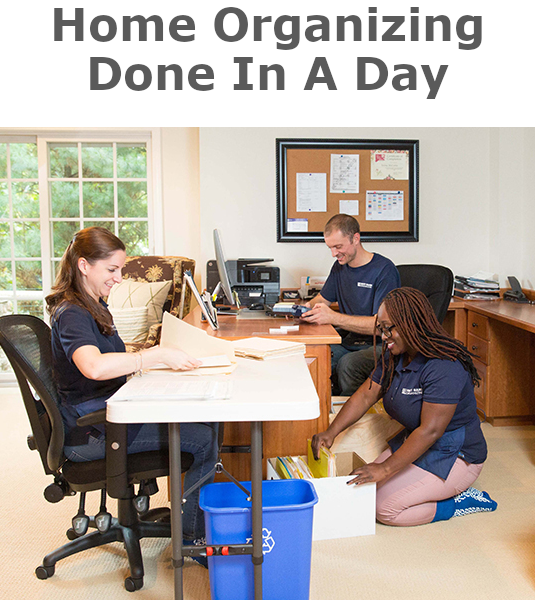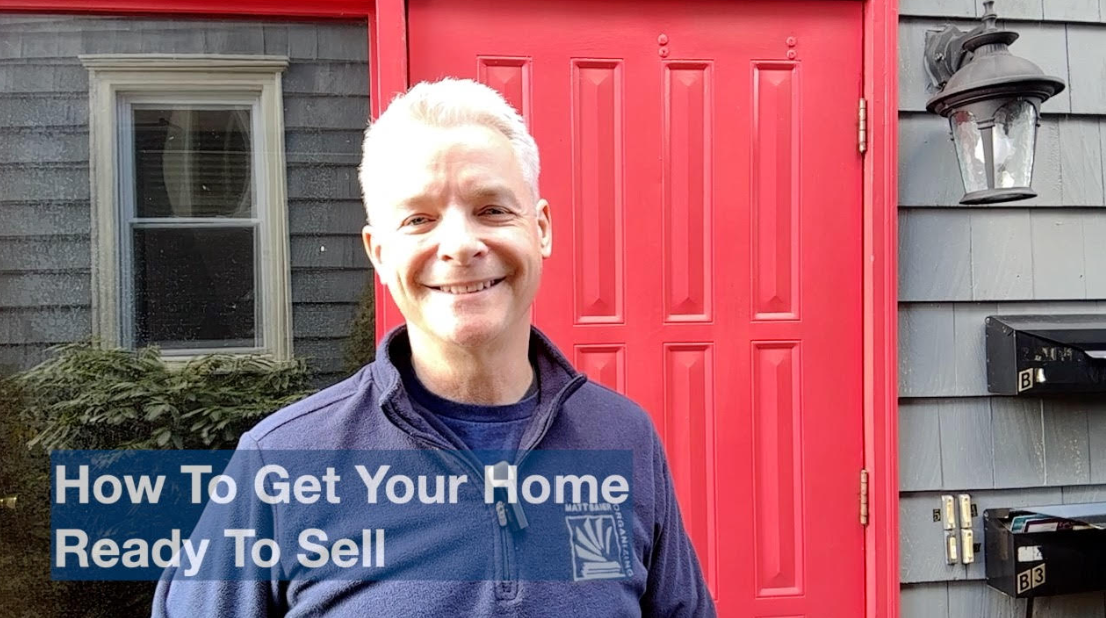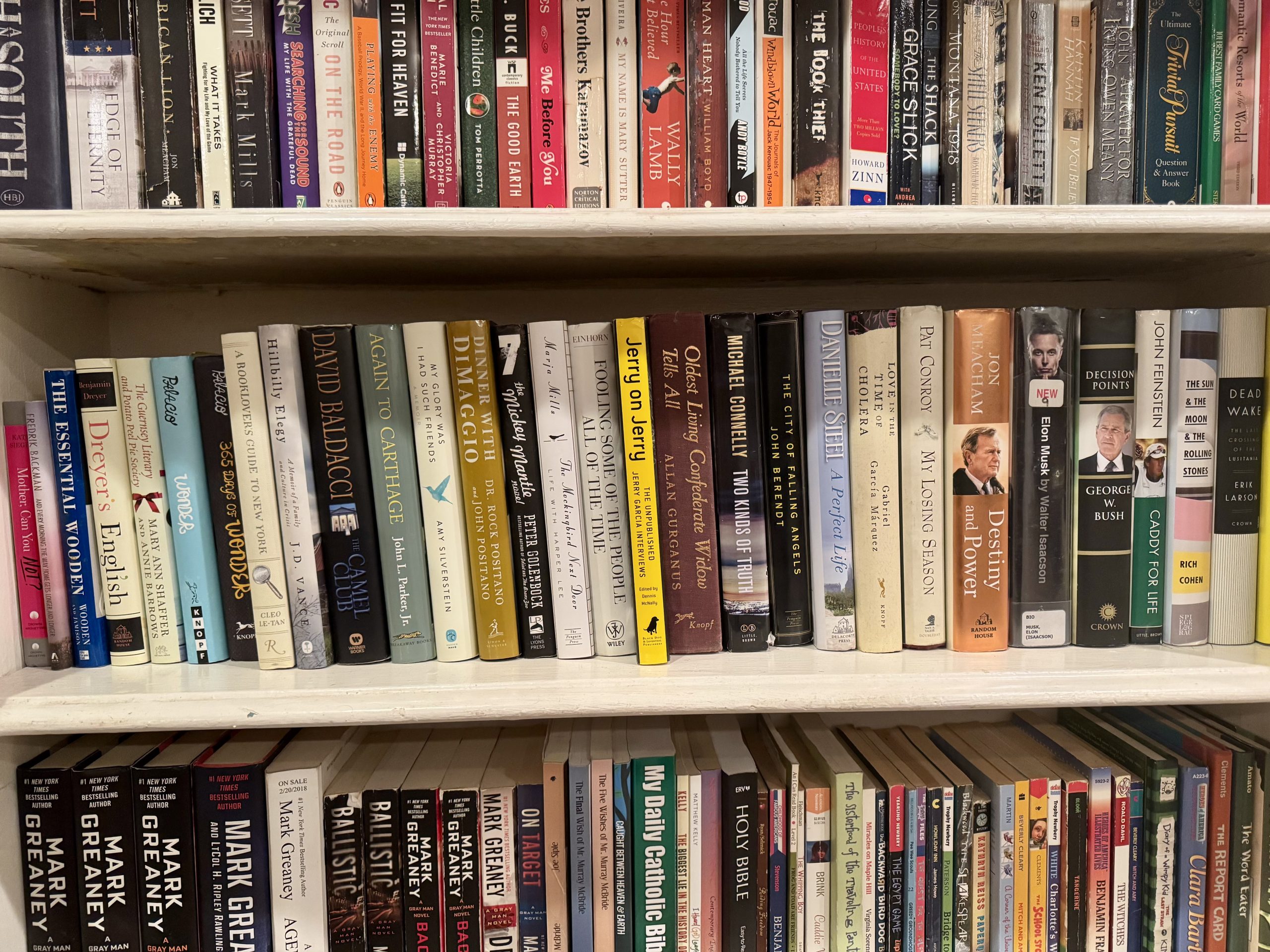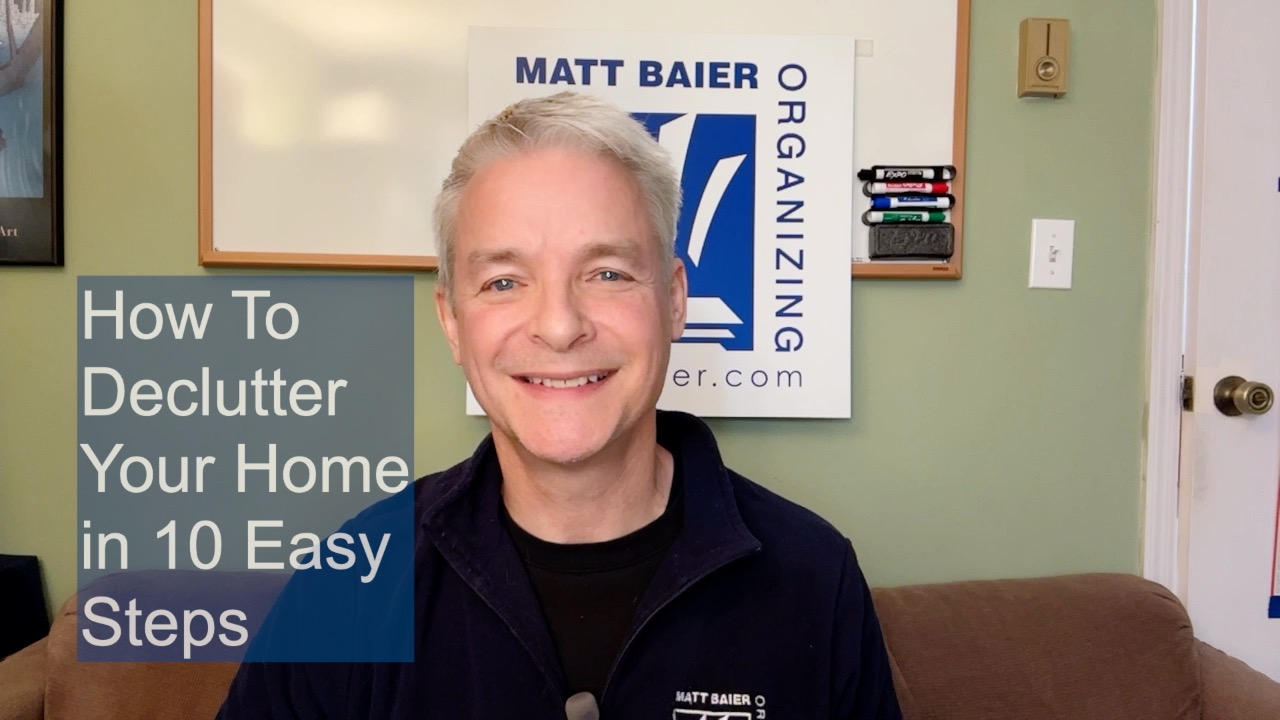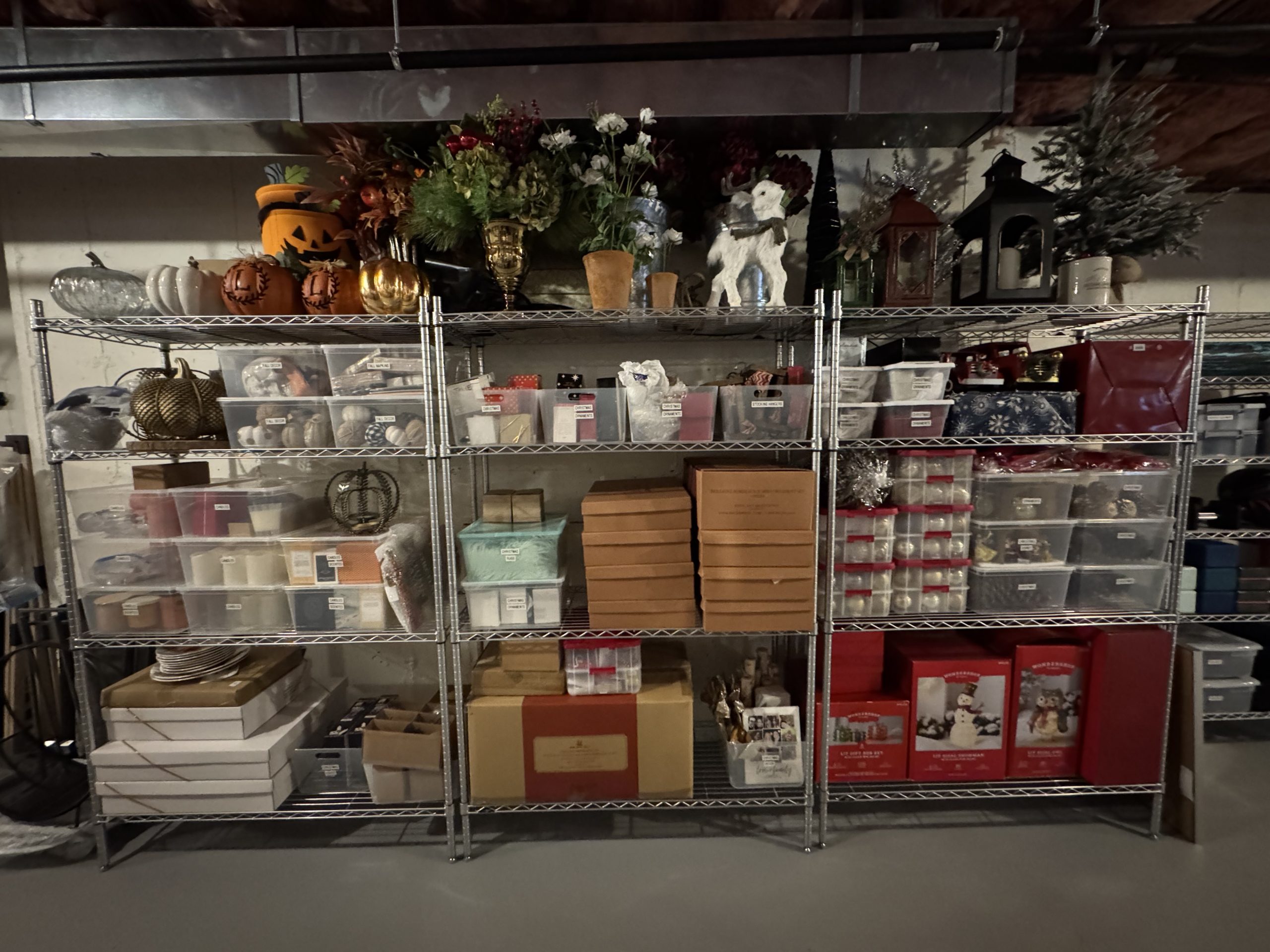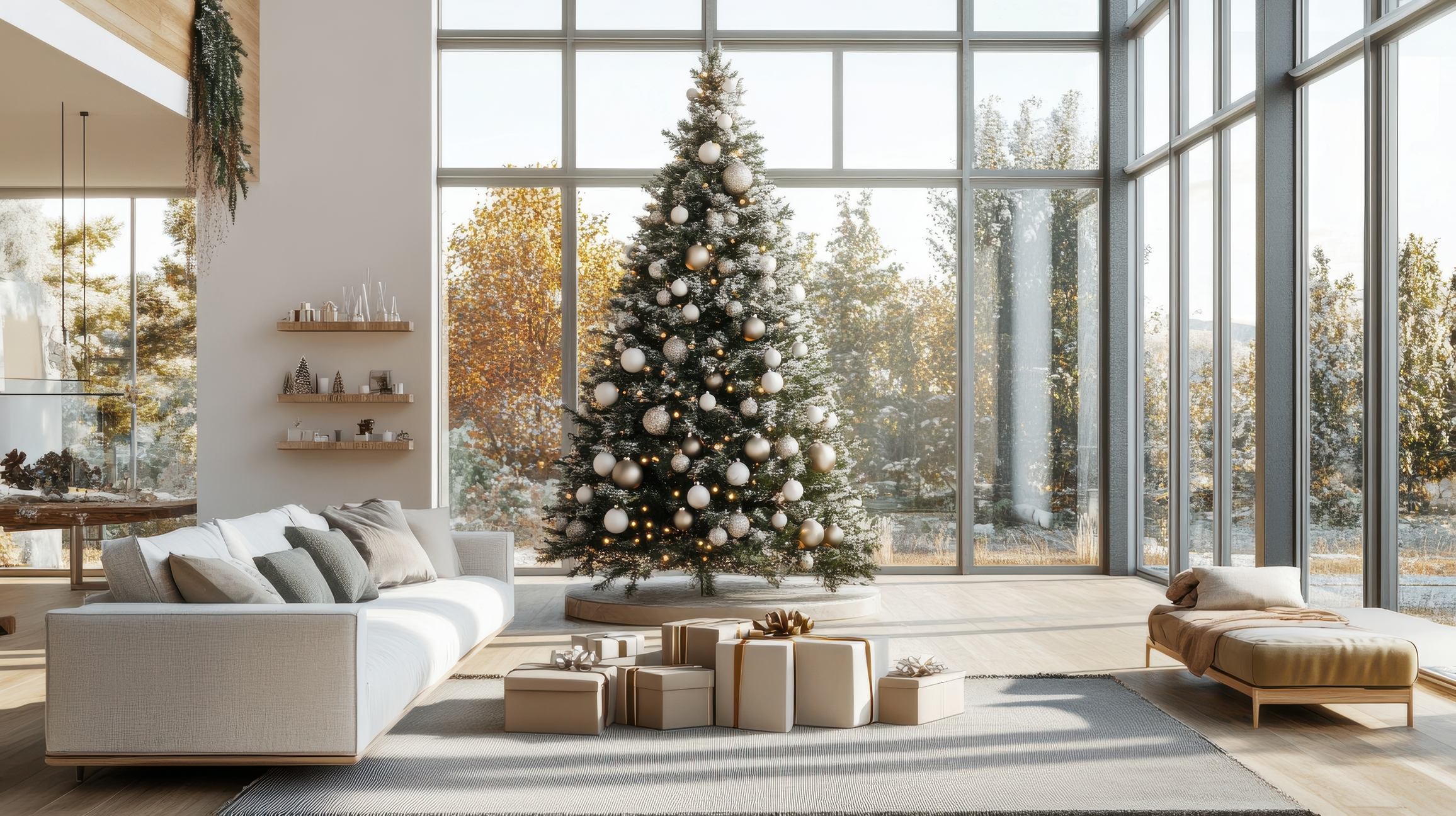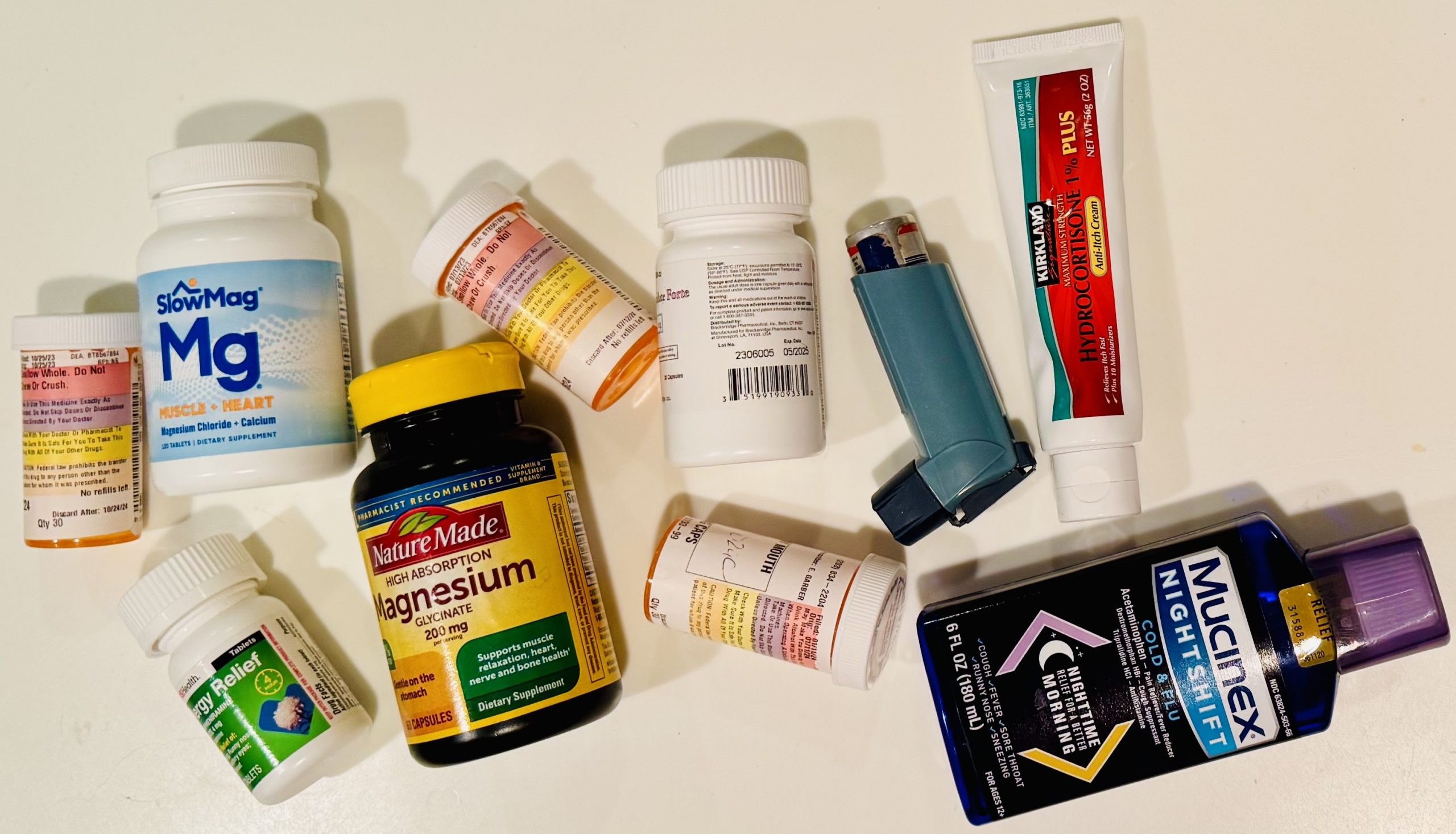Years ago, I was looking for ways to help a client get organized, and asked if I could open a drawer in the kitchen. She said yes, but it… was… “organized.” I took one look and I wanted to say… “Organized you say? Not so fast!” or “You keep using that word. I do not think it means what you think it means.” What I was looking at was a full drawer. A very full drawer. Mostly there were business cards bundled in blocks with rubber bands, carefully arranged so they all FIT inside the drawer.
Here’s what she was missing. FITTING is not the same as ORGANIZING. One of the best indicators of being organized is being able to Find WHAT you want WHEN you want it. So, here’s what to look for beyond fitting, to get organized and stay organized.
Findability
Findability involves establishing limited dedicated zones. It turns out that my client’s drawer did not contain her entire category of business cards. Some were in a binder, and some were in random tote bags, so she never really knew where to look for them.
If she could limit her search to the drawer, there were no subcategories of business cards that could limit the search. Finally, there were no labels of any kind to direct the search.
Visibility
Ideally your storage system should function like a scoreboard. You should be able to quickly see where things stand at glance. The office supplies and reference I access every day are highly visible because I removed my closet doors. I’m not saying that you should do anything so radical. I just want to emphasize the value of visibility. Visibility also comes from choosing clear containers or no containers where you can.
Accessibility
Accessibility starts with breathing room. Is there room for energy to circulate in your space. Are you unburdened? Have you given yourself “seeing room”? That might be open space on a shelf to look down on and access what you’ve got.
Standing room is space to stand back and see and access what you have. Processing room comes from your number one organizing tool, a clear work surface. You can access useable things in bins if you have a clear work surface to process on. Finally, drawers help with accessibility for smaller items.
Proximity
Consider proximity when you consider frequency of use. Annual access should be located in a basement, attic, or garage. Hourly access should be located close to (but not on) a clear work surface. In between access should be located to in-between proximity, accordingly. When you consider these four elements then you are able to approach sustainable organizing. When fitting works against these four elements, fitting… actually makes you less organized.
So that’s it for now, I’d love to hear your thoughts and questions in the box below!
Please Share With Your Community
Related Posts
Testimonials
What some of our clients are saying
Imagine An Organized Home






